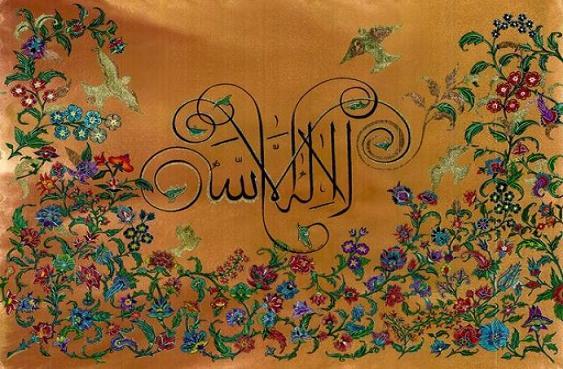EXTRAORDINARILY POPULAR SUFIS OF INDIA WITH HUGE NUMBER OF DISCIPLES

The Muslim epoch in Indian History was in fact, heralded by the Sufi divines, particularly by Khwaja Moinuddin Ajmeri who also laid the foundations here of the Chistiya Order of Islamic mysticism. From the earliest days the rich vied with the poor and the high with the low to do homage to these elevated self-denying men of God till the whole sub-continent was lit with a thick cluster of spiritual luminaries and their religious establishments.
Apart from the more important towns, there was hardly a Muslim hamlet which was left without a moral teacher or a spiritual guide. The enthusiastic devotion of the people to the Sufi saints and their overwhelming responsiveness to religious emotion can well be imagined by the following facts:
The daily average of votaries staying at the Khanqah (Spritual Seminary) of Syed Adam Bannuri (d. 1643) was one thousand. They took their meals at the Khanqah. A great throng of men, including hundreds of theological doctors, followed the saint wherever he went. It is stated in Tazkira-i-Adamiya that 10,000 persons formed his entourage during the visit to Lahore in 1642. Seeing the phenomenal popularity of Syed Bannuri, Emperor Shahjehan became so apprehensive that he thought of a plan to send him out of India. He sent to him a large sum of money and then suggested that as the possession of sufficient money makes the Haj pilgrimage obligatory for a Muslim, therefore Syed Bannuri should not waste any time in proceeding to the Haj to discharge his duty. The saint thereupon migrated from India.
Hazrat Mujaddid’s celebrated son and spiritual deputy, Khwaja Mohammad Masoom(d. 1668) had as many as 9,00,000 disciples who did the Bai’at (here it means the oath taken by a person at the time of becoming disciple the of a saint.) and repentance at his hand. Among the huge number of his disciples, 7000 rose to become his Khalifas(Spiritual Deputies).
It is recorded about Shah Ghulam Ali in Sir Syed Ahmad Khan’s Aasar-us-Sanadeedthat “not less than 500 destitute persons used to live in his Khanqah all of whom were fed and clothed by him.”
Unprecedented scenes of popular enthusiasm were witnessed during the missionary tours of the famous divine and spiritual leader of the 19th century, Syed Ahmad Shaheed, as also during his journey to Calcutta while on the way to Arabia for the Haj. In many of the towns that fell on Syed Shaheed’s route few persons were left who did not offer bai’at and repentance at his hand. At Allahabad, Mirzapur, Varanasi, Ghazipur, Azimabad, (Patna) and Calcutta, specially, his disciples must have run into lakhs. The limit was that at Varanasi the indoor patients of the Sadar Hospital sent to him a petition begging that since they were unable to move out he might condescend to visit them in the hospital so that they could take the bai’at. About a thousand persons became his disciples every day during his two months stay at Calcutta. From morning till late at night a stream of men and women would pour in where he was staying. There was hardly any time left for Syed Saheb to attend to his personal needs. When it became impossible to administer the vow to everyone individually, it was arranged for the aspirants to collect in a large house where Syed Saheb went and initiated them into the fold. Seven or eight turbans were unrolled on the ground when he went there and the aspirants were told to hold them at different places, while one end of them was held by Syed Saheb himself. He then taught them the fundamentals of the Faith and read out the oath in a loud voice like Azaan (muslim call to prayer) which they repeated, and thus the ritual was completed. This was done seventeen or eighteen times each day.
